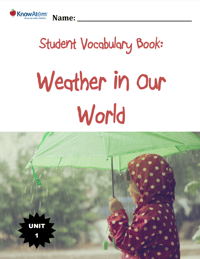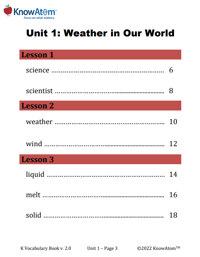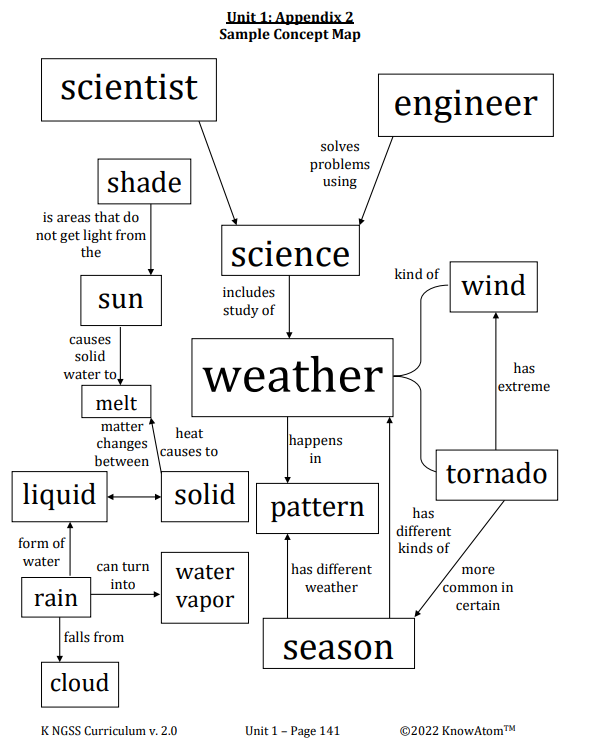In this lesson students discover how materials of different colors absorb different amounts of heat from sunlight or other sources of heat (e.g. a lamp). Students conduct an experiment with black rocks and white rocks to see how their temperature varies after the same amount of time in the sun.







